I’m a Survivor of Sandy Hook. This Is What The Past Six Years Have Been Like.
In this excerpt from the forthcoming book, 'If I Don’t Make It, I Love You: Survivors in the Aftermath of School Shootings,' Cindy Clements Carlson reflects on the physical and emotional nature of trauma in the days following the shooting at Sandy Hook Elementary School in Newtown, CT, in 2012.
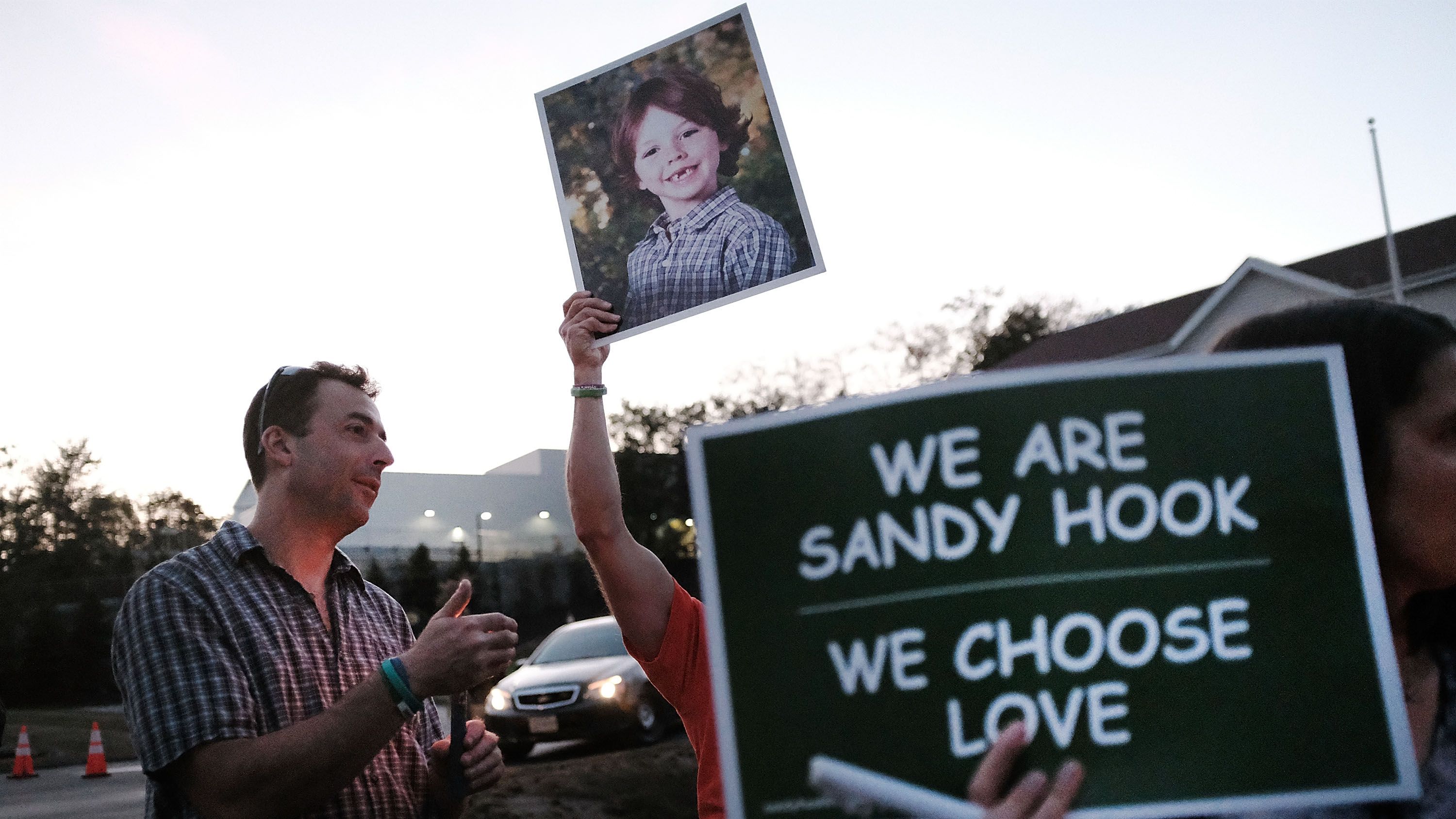
It’s been six years since 20 first graders and six staff members were killed at Sandy Hook Elementary School on December 14, 2012. As the tight-knit community of Newtown, Connecticut, grieved, the nation mourned with them. How would they move forward in the wake of such tragedy? And how would they return from the heartbreak? Over the years, answers to their healing emerged in the form of advocacy, school safety, and community-building.
In this excerpt from the forthcoming book, If I Don’t Make It, I Love You: Survivors in the Aftermath of School Shootings, Cindy Clement Carlson reflects on the physical and emotional nature of trauma in the days following the shooting. Carlson worked in the Sandy Hook School Library Media Center from March 2011 to July 2017. She and her daughter were in the school at the time of the shooting.
I don’t remember making any decisions. A colleague heard what we thought was odd, staticky laughing over the intercom, so we called the office. A secretary, whose bravery we’d only fully understand later, told us there was a shooter in the building. Without thinking, I began to cover the doorway’s windows with our emergency shades. I called 9-1-1. I helped shepherd our library students into the narrow space previously determined to be not visible from the hallway.
After evacuation by state troopers came the hurried walk across the schoolyard to the fire station. I thought the shooter was a lone, violent domestic abuser looking for his wife. Or a deranged father with a grudge against the principal. Those images came automatically. Then, at the station I overheard someone say “worse than Columbine.” That fragment of conversation defined the next few hours as the catastrophic waves of information—so many known victims, so many still missing—broke over us. Worse than Columbine.
“I developed a habit of counting off 26 people wherever I went.”
At the fire station, we all wanted gum. Our mouths were dry. The pieces someone came up with were broken in two to make them go around further. Later, we put a package of gum in our new emergency kit, remembering how we craved it. Water, too. The firehouse was equipped with a kitchen and desperate to do something, anything, I passed a tray of plastic cups filled with water.
In the days that followed, my body made the choices my mind could not. I couldn’t eat. I remember taking a few bites of chicken and feeling like I’d gorged myself. Then, a cold sore from the stress. The next day, I called my doctor’s office for a refill of the cold sore prescription left behind in the bag under my desk, which I'd left behind in the school. The weekend answering service gave me a hard time until my voice broke explaining why I needed a refill.
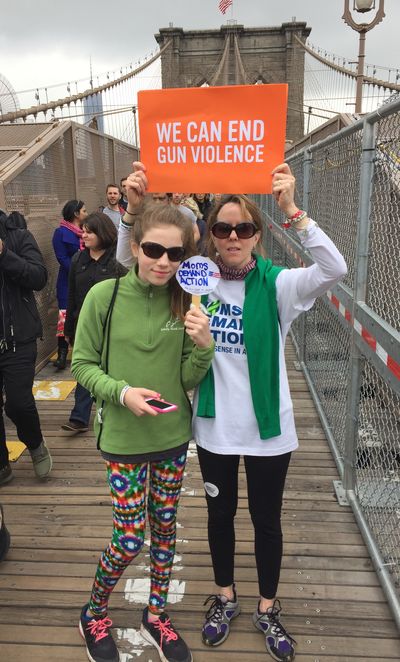
'Cindy and her daughter on the Brooklyn Bridge at a Wear Orange event, May 2016.'
Normally a two-cup-a-day coffee drinker, all I wanted was weak tea. Other colleagues talked of the wine they went home to. I was crackling with grief and horror; I felt as if the stimulus of caffeine and alcohol would blow me apart like a firecracker in a glass jar.
Stay In The Know
Get exclusive access to fashion and beauty trends, hot-off-the-press celebrity news, and more.
On the way to a funeral in Katonah, we stopped at a Starbucks in Danbury. My eyes filled with tears as I saw they’d chosen to wear our school colors, green and white, in honor of Sandy Hook School. It took me half a day to realize those were the regular uniforms.
I felt neon. As if to walk past me you’d read on my skin WAS IN BUILDING WAS IN BUILDING WAS IN BUILDING. I felt a bodily need to rid myself of my story, to hear it told aloud, to bear witness, but I held back. I walked through the Sandy Hook town center as so many did, visiting the homemade memorials, watching the media trucks. I saw people three or four times removed from the event being interviewed, and I judged them for their quick willingness to characterize our situation. And yet, even as I did, I felt others who had been injured or lost family members could judge me—involved only tangentially, to have been physically unaffected, to have had a happy ending. My family and my body were intact.
When there was complaining at a PTA meeting, one mom called out, “If you have your kids, shut up!”
I made a new Gmail account and emailed myself thoughts because my mind couldn’t hold them. Even now, when I look through the hundreds of emails I sent myself, I read some as if for the first time.
I developed a habit of counting off 26 people wherever I went. In church, at a store, even at the funerals. I needed to see 26. The destruction and loss was unfathomable. My mind could not take it in, so my eyes needed to see it, to size it up, to make visual and tangible the horrible enormity.
I went to a yoga class at a studio in Sandy Hook and saw myself holding a pose in the mirror. I remember the startle of realizing that—yes—my body could do this too. I wasn’t just a channel for sorrow and guilt, I could move in a calm and beautiful way. I remember feeling the hope that I could feel whole again.
What else did we need to feel whole? Did we need the union’s grocery gift certificate? The two extra personal days? The tokens and trinkets from all over the world left nearly daily in our school mailboxes? In time, many realized we needed therapy, career changes, massage, prayer, transfers within the district, EMDR therapy (Eye Movement Desensitization and Reprocessing), medication, and connection with staff from Columbine—but in the meantime, we watched Powerpoints about the importance of sleep, dabbed ourselves with essential oils when offered, shared gallows humor over well-meaning cut-and-paste school district wellness emails, and sat in school assemblies as authors and actors offered their time and talent intending to help us and our students heal.
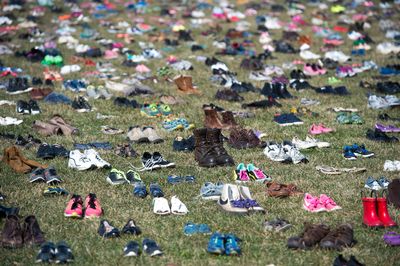
'The lawn outside the US Capitol covered with 7,000 pairs of empty shoes to memorialize the 7,000 children killed by gun violence since the Sandy Hook school shooting,'
Slowly, the mind and body came back together. Only years later would I fully come to understand how the traumatized brain and body work. Or don’t work. After learning of research and writing by Steven Marans, Laura van Dernoot Lipsky, Bessel van der Kolk, Carolyn Lunsford Mears, and Bruce D. Perry, I understood the dry mouth, the cookies in the pencil drawer, the inability to recognize a Starbucks uniform.
Gradually, the mind kicks back in and then decisions and realities came one after another. These subsequent months and years are the more difficult phase, the fraught Part Two. There’s training for a wild animal in the school, for high wind, for an active shooter. There’s no training for navigating the aftermath of a shooting.
So, attend every funeral for every child, but attend to your own child who was with her fourth grade class that day. Go back to school right away, but don’t go back too soon. Describe forgiveness, but don’t prescribe forgiveness. Put this sticker on your car, but not that one. Support grief this way, but not that way. Greet victims’ families in the grocery store, but please leave them alone. Catalog this book for the school library, but not that one. Arm teachers, but get guns out of schools. Tear down the old school, but keep a school in Sandy Hook. Slowly the mind grasps that the dead can never be brought back, yet you can’t stop that mind from churning out ways you could make it better and it’s all made worse by a townfull of opinions.
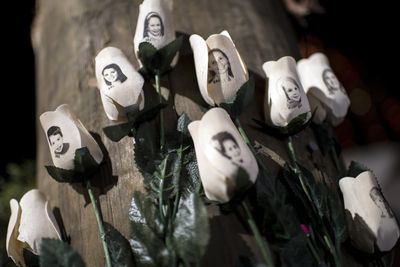
'Faces of victims displayed on white roses at a memorial service.'
When there was complaining at a PTA meeting about how donated goods were being distributed, one mom called out, “If you have your kids, shut up!” And that’s the crux of it. When to shut up, and when to speak up.
As a staff and individually, we navigated the push and pull of how to honor the dead, where to spend your time, how to volunteer, when to make your donations, how to manage your emotional capacity, when to care for yourself. It was easier when the horrified mind took control of the body. It was easier not to have any decisions to make.
In a front-page editorial on the five-year anniversary, The Newtown Bee, the local newspaper, pointed out: “What we have learned is that not all good intentions came across as they were meant.” It was an upsetting characterization of a community that has turned political points of view, hearts, schedules, and philanthropic priorities inside out to support whomever needed it in the aftermath. How difficult the aftermath is, and the decisions it entails, are not easily understood.
Nevertheless, individually and collectively, survivors keep trying. We are grateful that our bodies and the bodies of our children are whole, and we strive to support those who are not. So many are willing to share their stories with those who have and will suffer as we have. I am grateful to those who listen.
Cindy Clement Carlson has lived in Sandy Hook for 18 years. She is now the co-lead of the Upper Fairfield chapter of Moms Demand Action for Gun Sense in America, which includes Newtown and Sandy Hook.
On this day of remembrance, please consider honoring the children and staff killed at Sandy Hook on December 14, 2012, by donating to one of the foundations listed on My Sandy Hook Family, a site created by the victims’ families. There, you can learn more about each family’s personal journey and ways you can support their causes in the areas of school safety, academic scholarships, and more.
Loren Kleinman and Amye Archer are the editors of the forthcoming book If I Don’t Make It, I Love You: Survivors in the Aftermath of School Shootings from Skyhorse Publishing. Proceeds from the sale of this book will go to supporting survivors of gun violence. Follow their project on Twitter or Facebook.
-
 Kendall Jenner Trades Her Coachella Bag for a $5,600 Tote
Kendall Jenner Trades Her Coachella Bag for a $5,600 ToteThe model took her rich-girl aesthetic all the way to the desert.
By Amy Mackelden Published
-
 Hailey Bieber Combines Vintage Mugler With 2025's Sneaker Trend
Hailey Bieber Combines Vintage Mugler With 2025's Sneaker TrendThe model wore the perfect high-low combination for a night at the festival.
By Amy Mackelden Published
-
 Tyla's Coachella Outfit Pairs Dolce & Gabbana With Pandora
Tyla's Coachella Outfit Pairs Dolce & Gabbana With PandoraThe singer wore a gold version of the crystal bra made famous by Aaliyah.
By Amy Mackelden Published
-
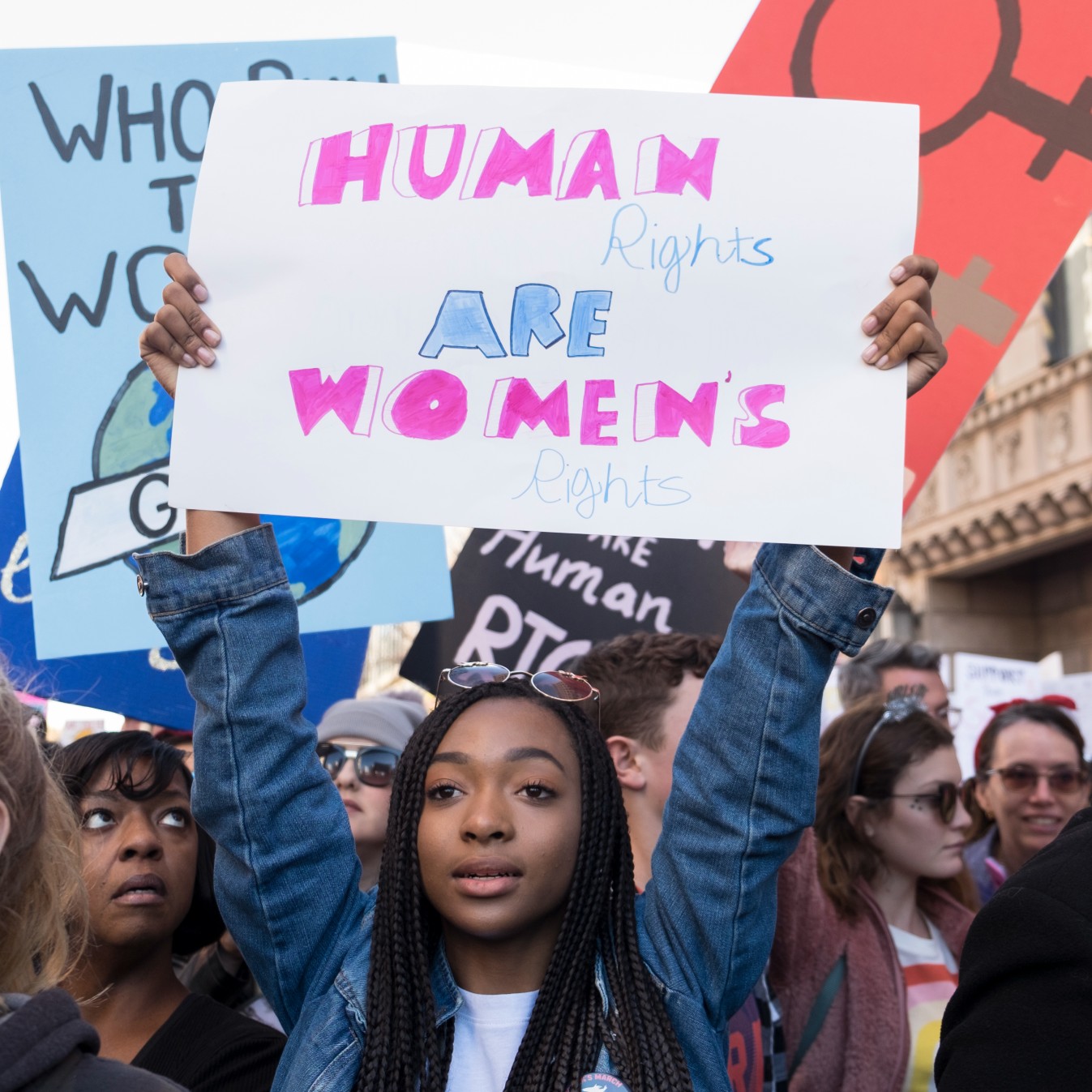 36 Ways Women Still Aren't Equal to Men
36 Ways Women Still Aren't Equal to MenFeatures It's just one of the many ways women still aren't equal to men.
By Brooke Knappenberger Last updated
-
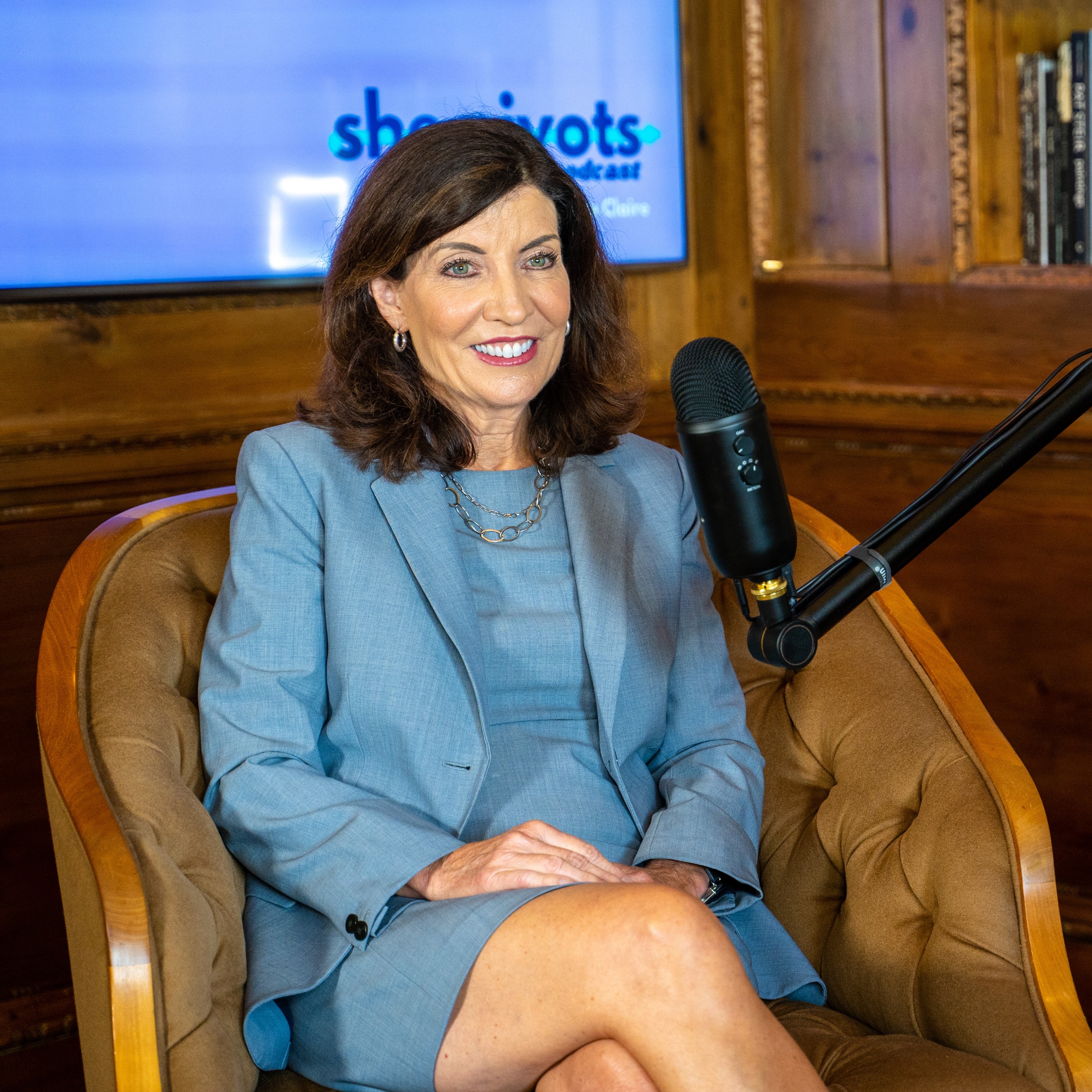 How New York's First Female Governor Plans to Fight for Women If Reelected
How New York's First Female Governor Plans to Fight for Women If ReelectedKathy Hochul twice came to power because men resigned amid sexual harassment scandals. Here, how she's leading differently.
By Emily Tisch Sussman Last updated
-
 Why the 2022 Midterm Elections Are So Critical
Why the 2022 Midterm Elections Are So CriticalAs we blaze through a highly charged midterm election season, Swing Left Executive Director Yasmin Radjy highlights rising stars who are fighting for women’s rights.
By Tanya Benedicto Klich Published
-
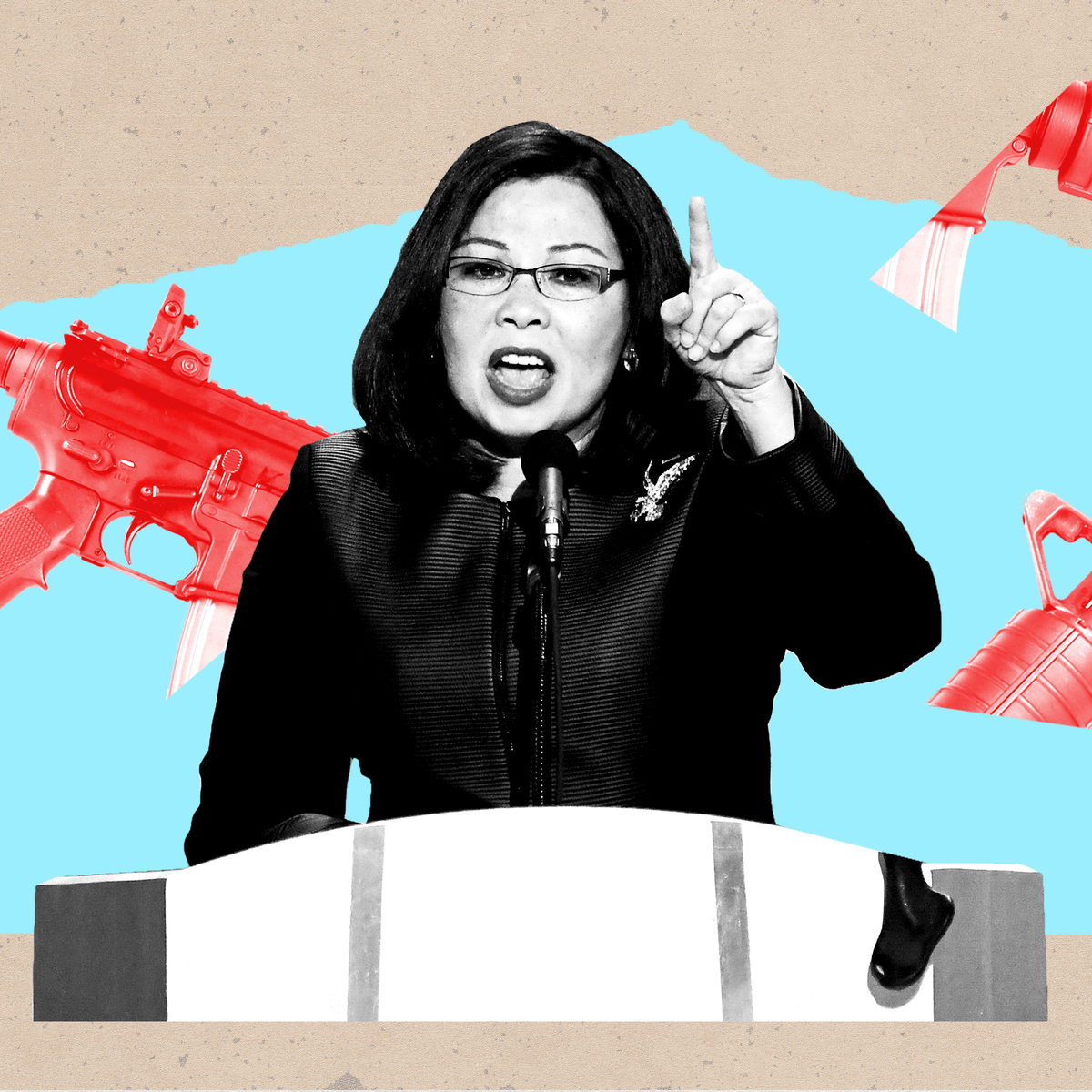 Tammy Duckworth: 'I’m Mad as Hell' About the Lack of Federal Action on Gun Safety
Tammy Duckworth: 'I’m Mad as Hell' About the Lack of Federal Action on Gun SafetyThe Illinois Senator won't let the memory of the Highland Park shooting just fade away.
By Sen. Tammy Duckworth Published
-
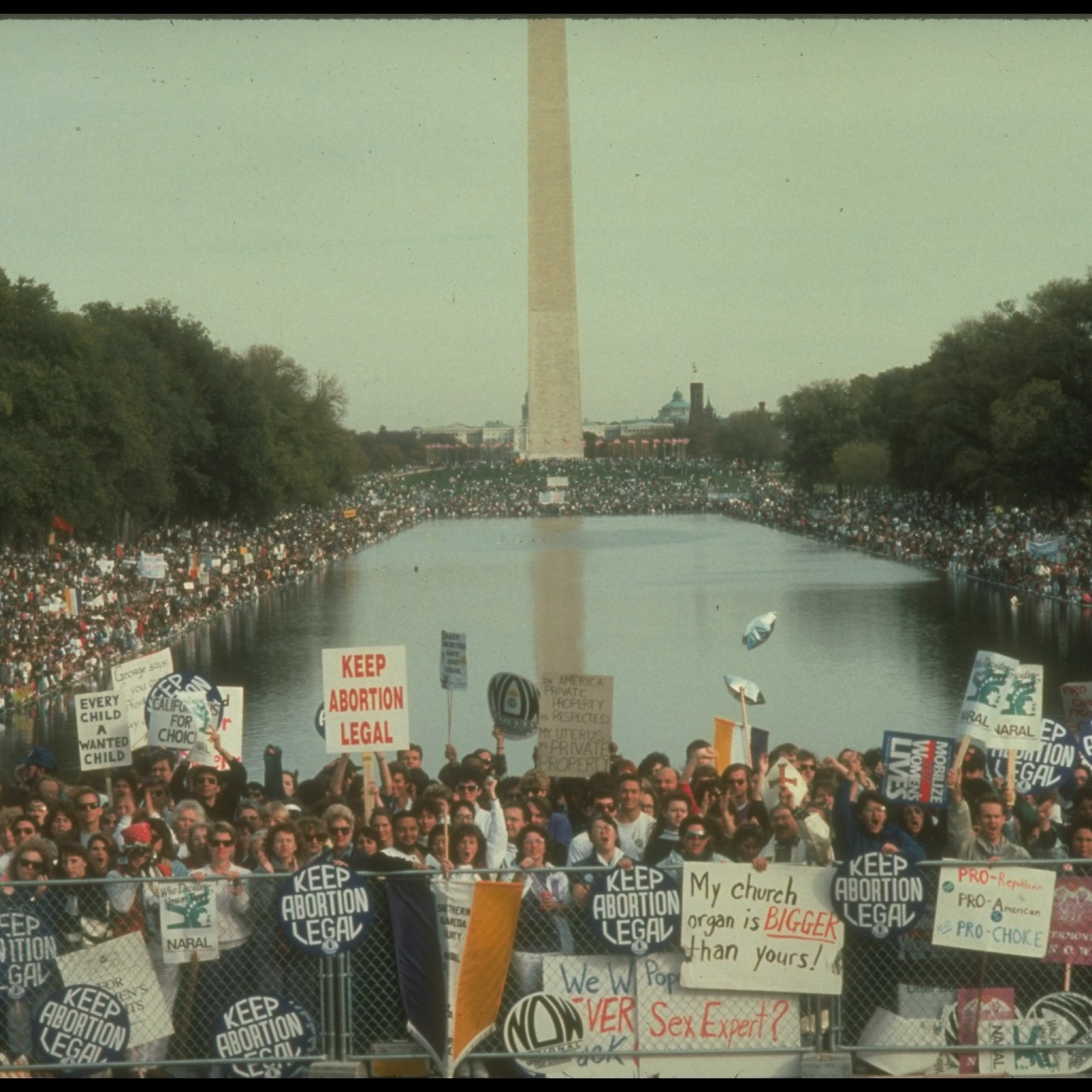 Roe Is Gone. We Have to Keep Fighting.
Roe Is Gone. We Have to Keep Fighting.How To Democracy always offers a path forward even when we feel thrust into the past.
By Beth Silvers and Sarah Stewart Holland, hosts of Pantsuit Politics Podcast Published
-
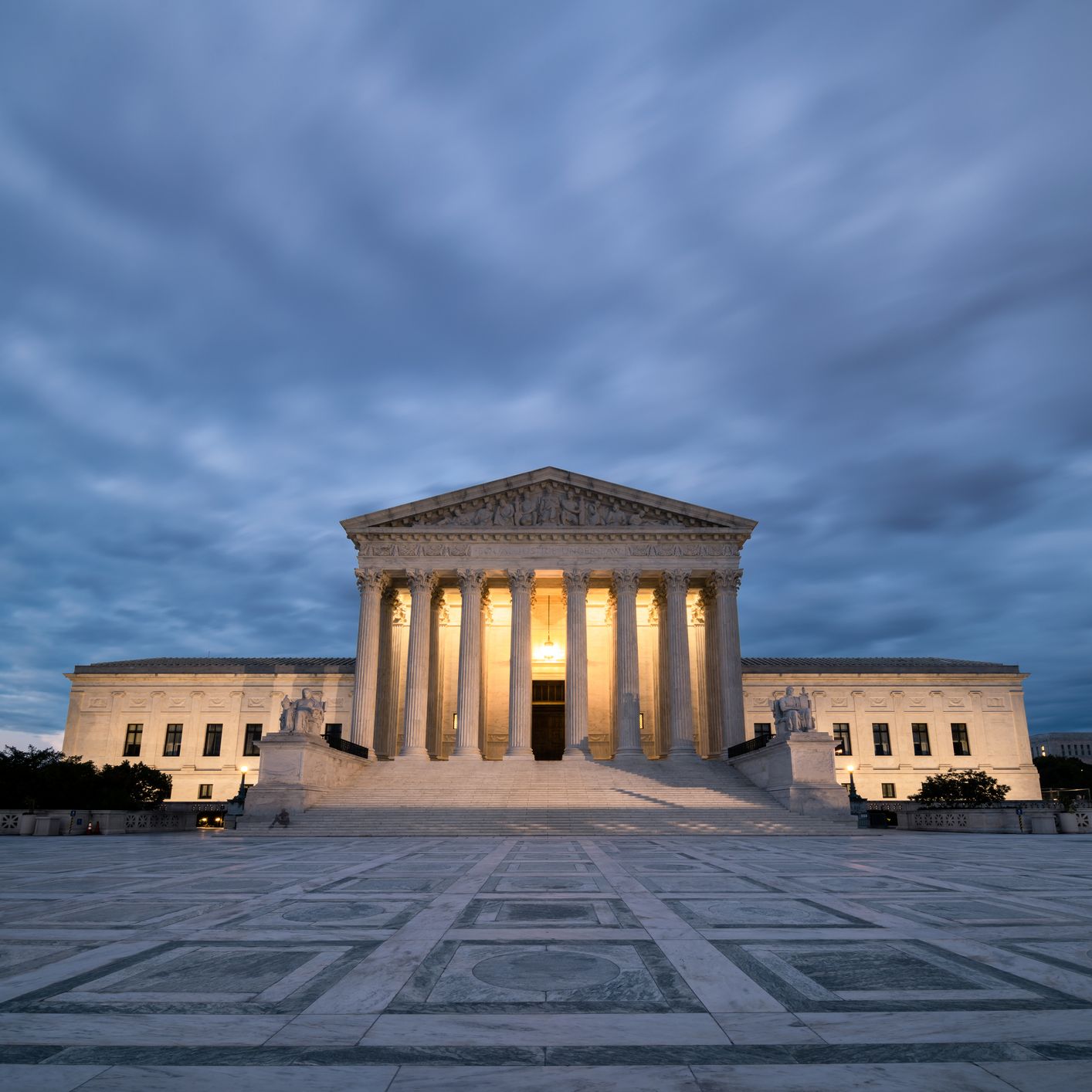 The Supreme Court's Mississippi Abortion Rights Case: What to Know
The Supreme Court's Mississippi Abortion Rights Case: What to KnowThe case could threaten Roe v. Wade.
By Megan DiTrolio Published
-
 Sex Trafficking Victims Are Being Punished. A New Law Could Change That.
Sex Trafficking Victims Are Being Punished. A New Law Could Change That.Victims of sexual abuse are quietly criminalized. Sara's Law protects kids that fight back.
By Dr. Devin J. Buckley and Erin Regan Published
-
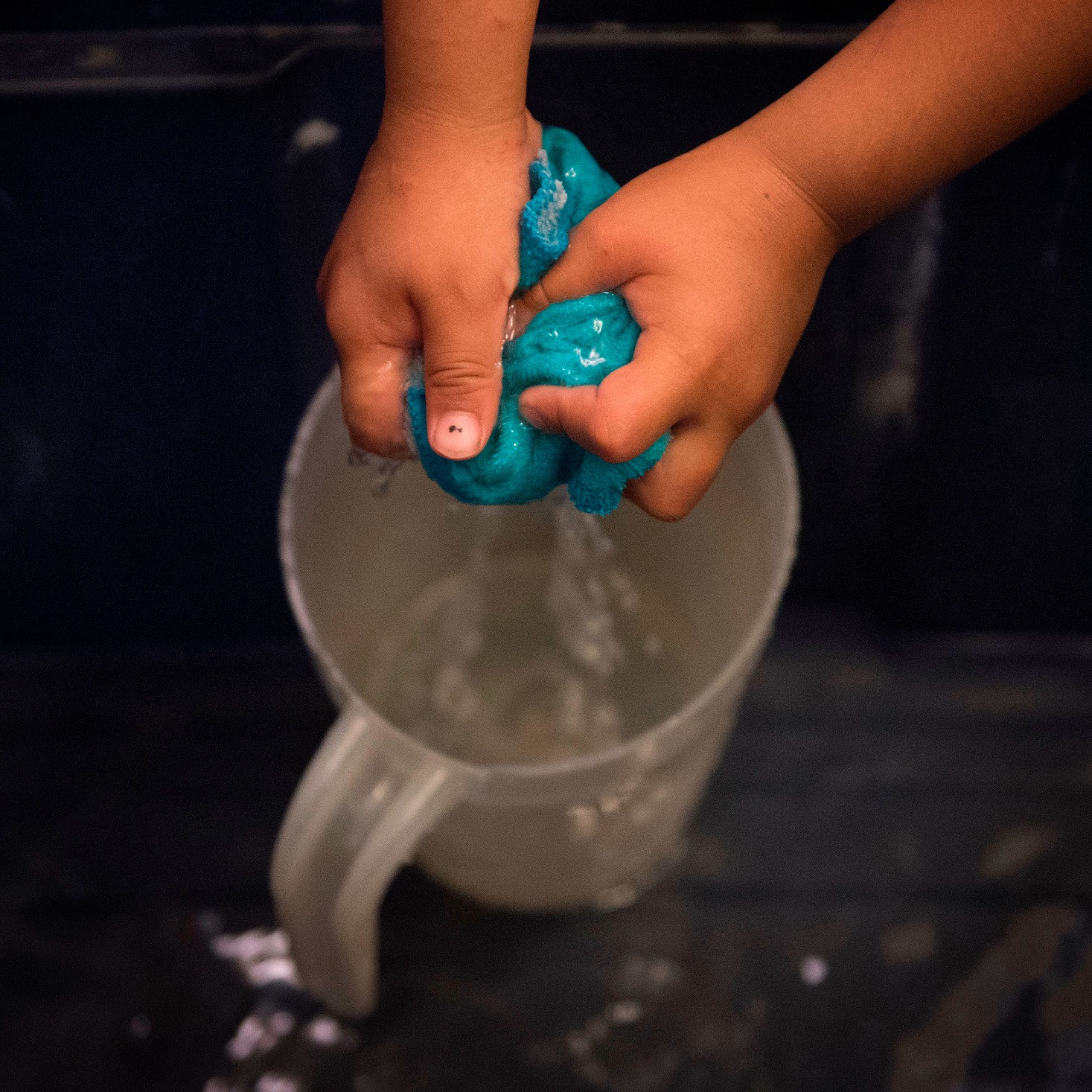 My Family and I Live in Navajo Nation. We Don't Have Access to Clean Running Water
My Family and I Live in Navajo Nation. We Don't Have Access to Clean Running Water"They say that the United States is one of the wealthiest countries in the world. Why are citizens still living with no access to clean water?"
By Amanda L. As Told To Rachel Epstein Published